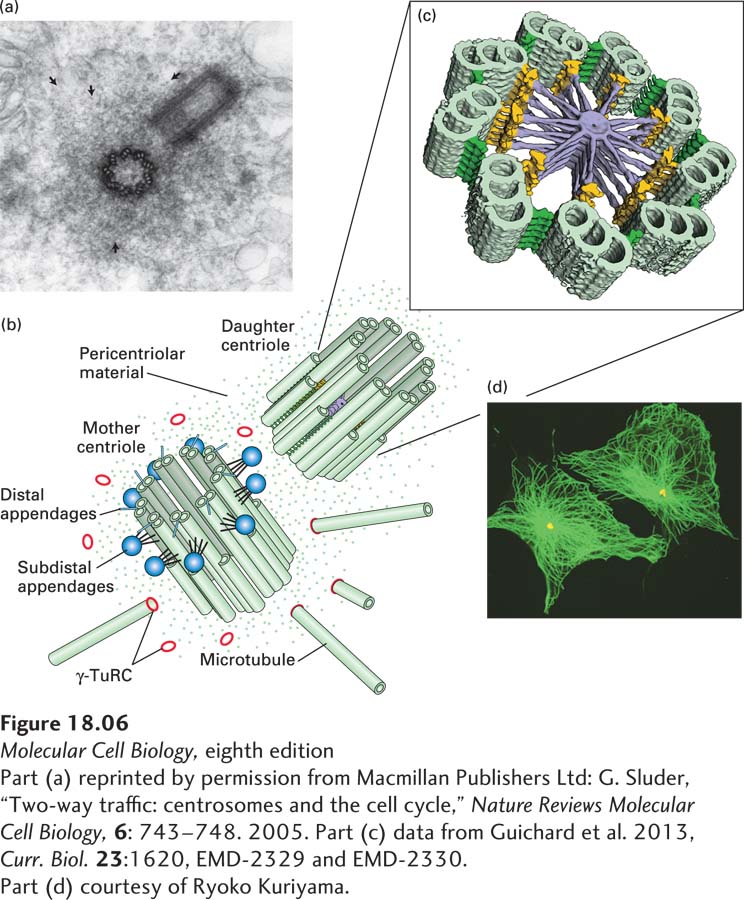
FIGURE 18- l- e-
[Part (a) reprinted by permission from Macmillan Publishers Ltd: G. Sluder, “Two- 3- D- D-